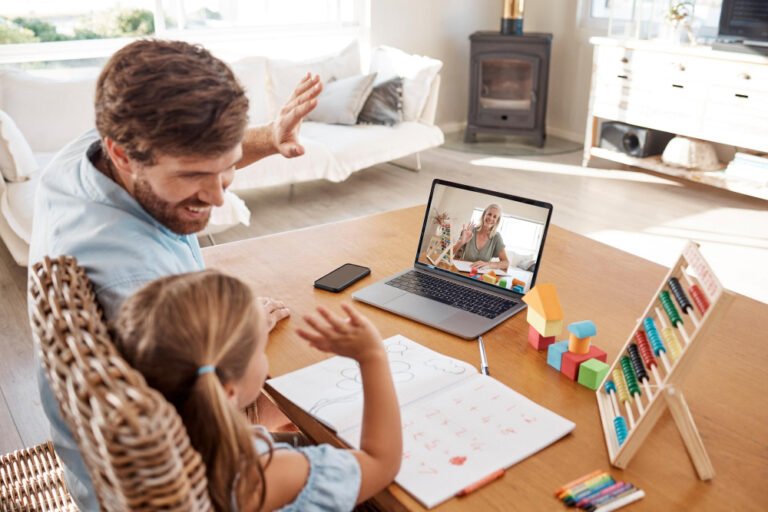Cyberbullying for kids isn’t just an online inconvenience — it’s a real threat to emotional safety, mental health, and self-esteem.
Today, bullying happens far beyond school hallways. It lives in comment sections, private chats, gaming platforms, and social media feeds.
Understanding how cyberbullying for kids works — and how to protect your child — is an essential skill for modern parenting. Even if you don’t feel tech-savvy, you can guide, support, and empower your child to navigate online spaces safely.
📘 Need a supportive resource? Growing Up Social offers parents practical tools to build healthy screen-time habits and stronger family connections.
Let’s explore how to recognize, prevent, and respond to cyberbullying with confidence and calm.
What Is Cyberbullying for Kids?
Cyberbullying for kids refers to harassment, exclusion, threats, or humiliation that happens online. It includes:
- Mean comments, insults, or teasing
- Sharing embarrassing images or videos without consent
- Excluding someone from chats, games, or groups
- Spreading rumors digitally
- Threats or intimidation through apps, games, or social media
Cyberbullying happens on platforms like TikTok, Instagram, Discord, Snapchat, WhatsApp, and even inside games like Roblox and Minecraft.
Signs Your Child May Be Facing Cyberbullying
- Avoids devices or becomes anxious after being online
- Mood shifts right after screen time
- Withdrawal from friends, school, or activities they previously enjoyed
- Sleep problems or academic decline
- Saying things like: “Nobody likes me” or “I don’t want to go to school”
When something feels off, trust your instincts. A check-in can change everything.
How to Protect Kids From Cyberbullying
✅ Start Open Conversations
Begin by asking:
- “Has anything online made you uncomfortable lately?”
- “Is anyone being unkind on your games or chats?”
✅ Document the Evidence
- Take screenshots of mean messages or threats.
- Record dates, times, usernames, and platforms.
✅ Block, Report, and Follow Up
- Use platform tools to block and report the bully.
- Notify school administrators if classmates are involved.
- Contact authorities if threats escalate.
✅ Build Emotional Resilience
- Teach: “What someone says online doesn’t define you.”
- Remind your child they are loved, safe, and supported.
✅ Seek Professional Support When Needed
If your child shows ongoing signs of stress or anxiety, work with a counselor or therapist specialized in digital safety and emotional wellness.erapist.
Tools to Prevent and Monitor Cyberbullying for Kids
- 🔒 Bark Phone — A kid-safe smartphone that monitors for harmful messages and content.
- 🧠 Qustodio Premium — Tracks app usage, messages, and screen time.
- 📘 Growing Up Social — A book for parents balancing tech and connection.
- 🎧 Headspace for Kids — Mindfulness tools to help kids handle stress and emotions.
For broader protection, read our guide on social media safety for kids — because most cyberbullying starts on these platforms.
Kindness Offline Starts Online Too
Protecting against cyberbullying for kids isn’t just about blocking bad influences — it’s about building trust, resilience, and open conversations.
Kids who feel seen and supported at home are more likely to speak up when something goes wrong online and less likely to let online cruelty define them.
More connection. Less risk.
Try making today a check-in day: sit down and ask your child, “Has anything online felt uncomfortable, confusing, or unkind?” This simple habit creates emotional safety — both online and offline.






